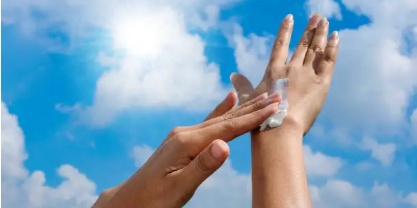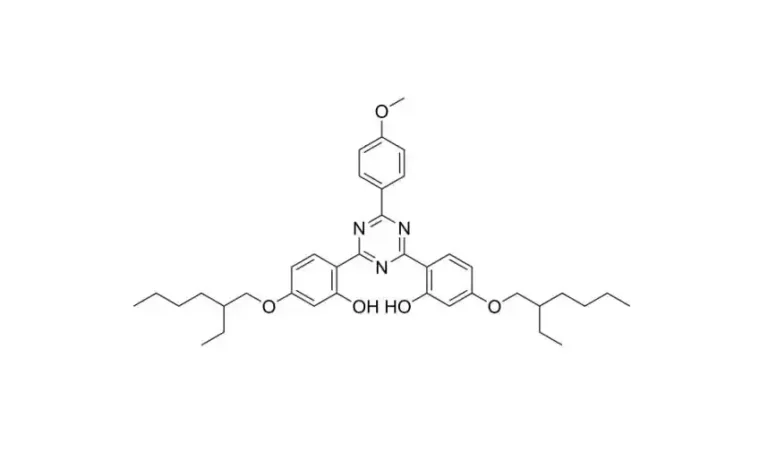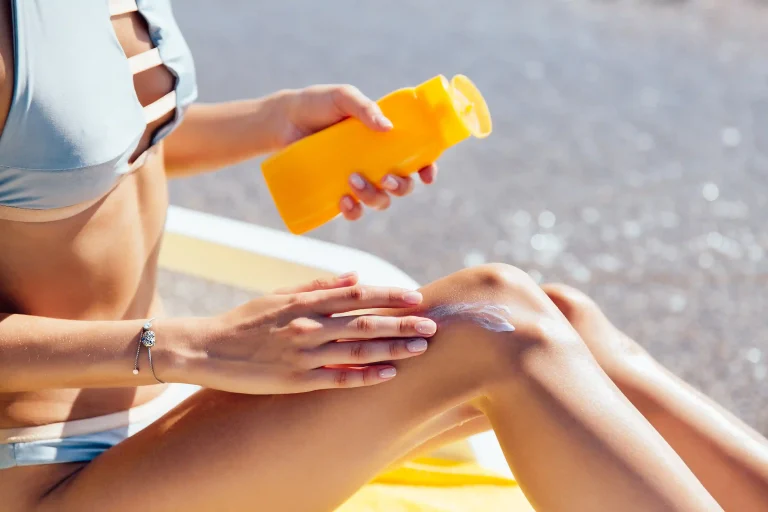Sunlight warms us and lifts our spirits, but it can quietly hurt our skin. This pushes brands to find better ways to protect us.
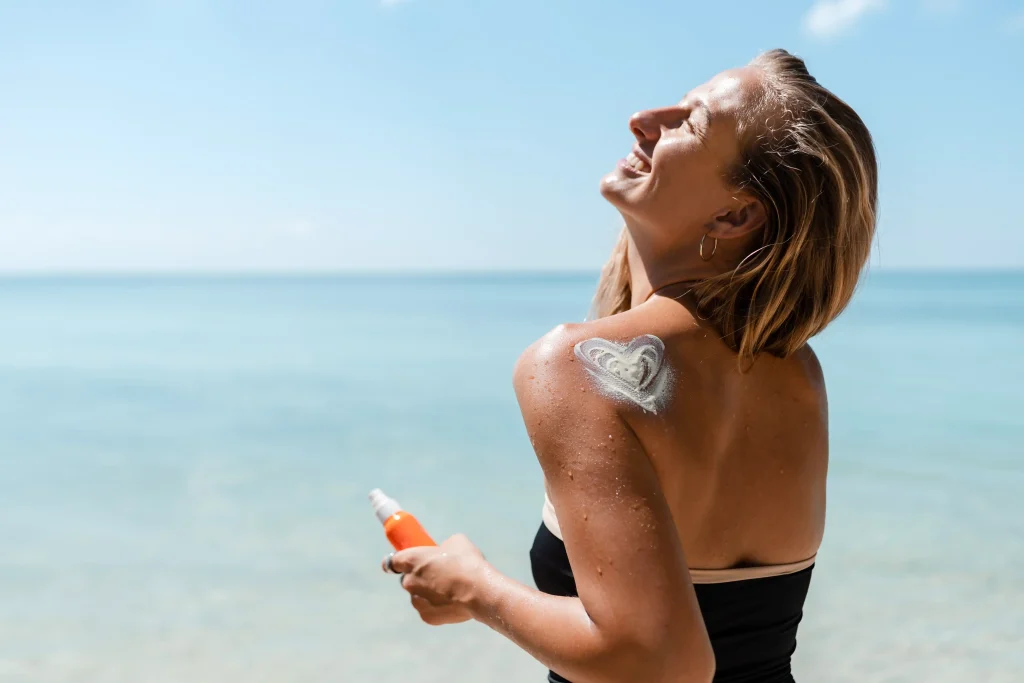
Bisoctrizole steps up as a star ingredient. It mixes clever science with tough, lasting power. It helps cosmetic makers craft safe, strong sunscreens. Let’s dive into why this broad-spectrum sunscreen ingredient is a big deal for keeping skin safe and boosting brand success.
What Is Bisoctrizole?
Bisoctrizole, also known as Tinosorb M, is a benzotriazole-based compound. It’s built to stop harmful ultraviolet (UV) rays. Unlike older UV filters for cosmetics, it works two ways. It soaks up UV rays and pushes them away. This double power makes it awesome for blocking both UVA and UVB rays. These rays cause skin aging, burns, and raise skin cancer risks.
Its chemical name is methylene bis-benzotriazolyl tetramethylbutylphenol. Its big size keeps it from sinking into skin, so it’s safer for daily use. It comes as a 50% liquid mix. This blends easily into the water part of sunscreen formulas. It’s flexible for cosmetic makers. Its photostability—staying strong in sunlight—means it protects for hours without fading.
Why Bisoctrizole Is Great for Sunscreens
- 완전한 보호: Stops UVA and UVB rays, fighting burns and aging.
- Lasts Long: Stays strong in sunlight, unlike filters that weaken fast.
- Double Action: Soaks up and bounces back UV rays for complete safety.
- Skin-Safe: Its size means less skin absorption, so it’s gentle.
How Bisoctrizole Keeps UV Rays Away
Bisoctrizole’s strength as a broad-spectrum sunscreen ingredient comes from its smart design. As a benzotriazole compound, it grabs UV rays and turns them into safe heat.
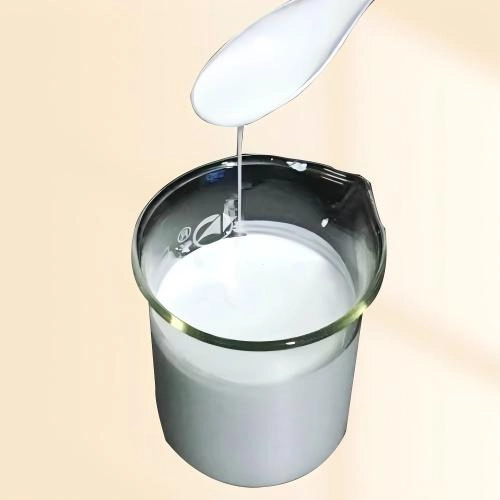
Its tiny particles, smaller than 200 nm, also act like a shield. They bounce UV light away, similar to mineral sunscreens like zinc oxide or titanium dioxide. This double defense builds a strong wall against UV harm.
Blocking UVA and UVB Rays
UV rays come in two types: UVA (320–400 nm) and UVB (280–320 nm). Each hurts skin in its own way:
| UV Type | Wavelength | Skin Harm | Bisoctrizole’s Role |
| UVA | 320–400 nm | Goes deep, causes wrinkles | Grabs and scatters UVA to stop aging |
| UVB | 280–320 nm | Burns skin, harms DNA | Soaks up UVB to prevent burns, cancer |
By tackling both UVA and UVB, Bisoctrizole offers full protection. It’s a top UV filter for cosmetics for keeping skin healthy. It also helps other UV filters, like octinoxate, work better. This makes bisoctrizole sunscreen formulas more dependable. Brands can create products that protect all day.
Photostability: Protection That Lasts
Photostability is super important for sunscreens. Many UV filters break down in sunlight. They lose their power fast. Bisoctrizole’s design fights this. It stays tough and keeps working. This gives users steady protection. Brands can sell products that don’t need reapplying often. That’s a big plus for busy people.
Why Makers Love Bisoctrizole for Sunscreens
Cosmetic companies pick Bisoctrizole to make great sunscreens. Its features match what people want today: light, non-sticky, safe products. Here’s why it’s a go-to choice:
Easy to Add to Formulas
Bisoctrizole doesn’t mix well with oil or water. It’s used as a liquid mix, held steady by helpers like decyl glucoside. This makes it simple to add to creams, sprays, or lotions. It doesn’t change how the product feels. It also plays nice with other UV filters. This lets brands make strong, mixed-protection formulas.
Perks for Users
- Feels Nice: Makes smooth, non-greasy sunscreens for daily use.
- Safe for Most: Barely gets into skin, no hormone effects, very safe.
- Global Fit: Approved in places like Europe, good for selling worldwide.
Meeting What People Want
People now know UV rays are risky. They want advanced bisoctrizole sunscreen that feels good and works well. They also care about safety and the planet. Bisoctrizole fits these needs. It’s a green, strong option. It helps brands gain trust with eco-friendly buyers.
BFP: A Leader in Sunscreen Materials
Shanghai BFP New Material is a top name in sunscreen ingredients. They supply high-quality materials like Bisoctrizole (BFP-SP M), titanium dioxide, and zinc oxide. They focus on safety and eco-friendly ways. Their GMP-certified products meet strict global rules. Their range of organic and mineral UV filters, including bisoctrizole sunscreen ingredients, helps brands make new, user-friendly products. Visit BFP’s website to learn about working together and improving your sunscreen line.
FAQs About Bisoctrizole Sunscreen
Is Bisoctrizole good for sensitive skin?
Yes, it doesn’t sink much into skin, so it’s gentle. It has no hormone-like effects. This makes it safe for sensitive skin.
How’s Bisoctrizole different from zinc oxide?
Bisoctrizole blends organic absorption with reflection. Zinc oxide mostly reflects UV rays. Its photostability and light feel make it ideal for bisoctrizole sunscreen formulas.
Can Bisoctrizole be in eco-friendly sunscreens?
Its photostability and low environmental harm make it a solid choice for green sunscreens. It fits eco-friendly cosmetic trends.
Why does photostability matter in bisoctrizole sunscreen?
Photostability means it doesn’t break down in sunlight. It keeps protecting longer. Users don’t need to reapply as much.
Level Up Your Sunscreen Products Today
Bisoctrizole is shaking up the sunscreen world. Its smart science, lasting power, and user-friendly features make it a must for brands wanting to lead in sun protection. Work with trusted suppliers like Shanghai BFP to add this strong UV filter for cosmetics to your lineup. Stay ahead by using Bisoctrizole’s power. Create sunscreens that protect well and make customers happy. Reach out to a reliable supplier now to start making better sunscreen products.


